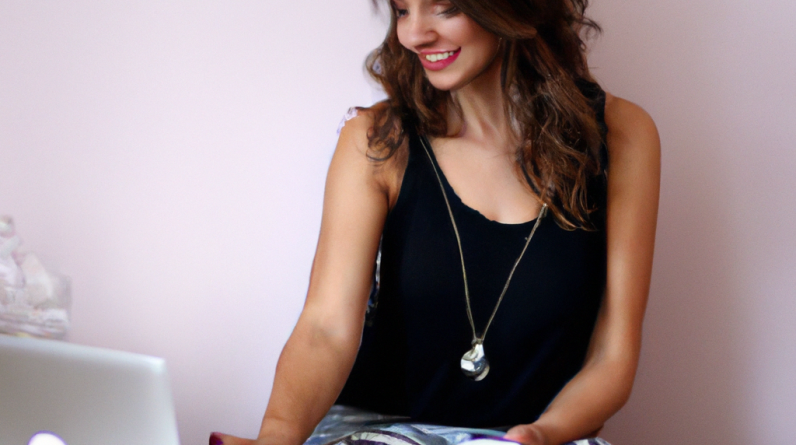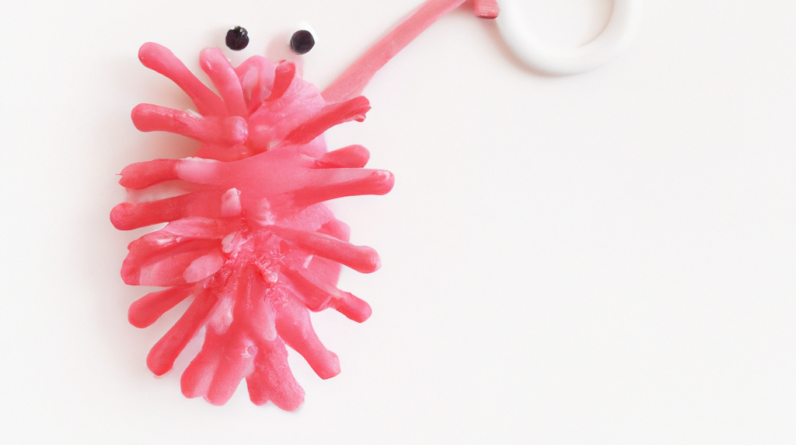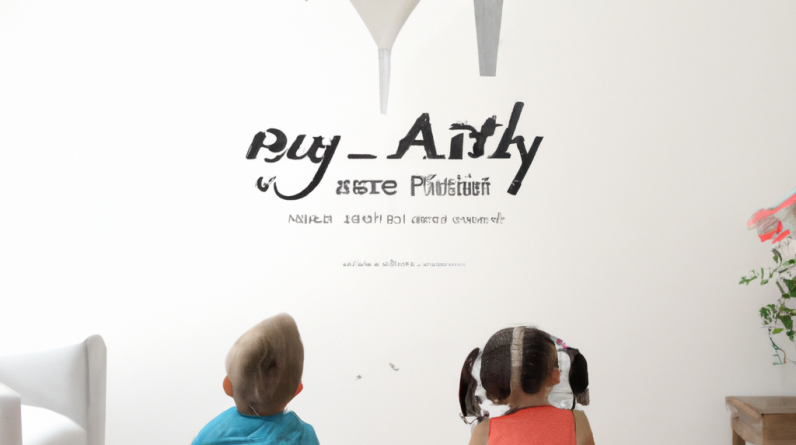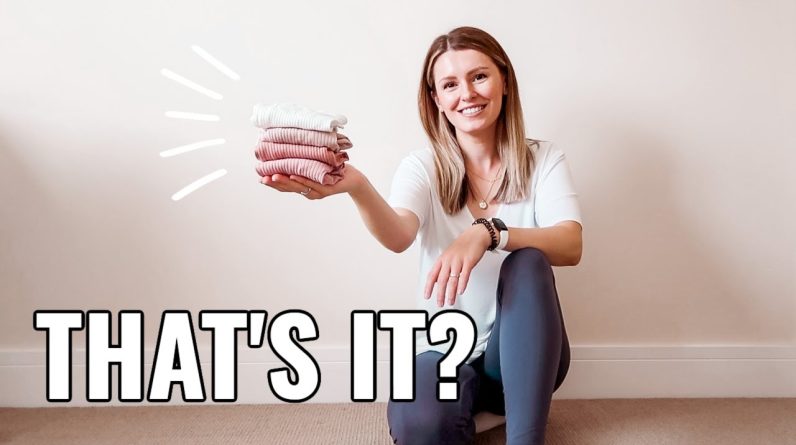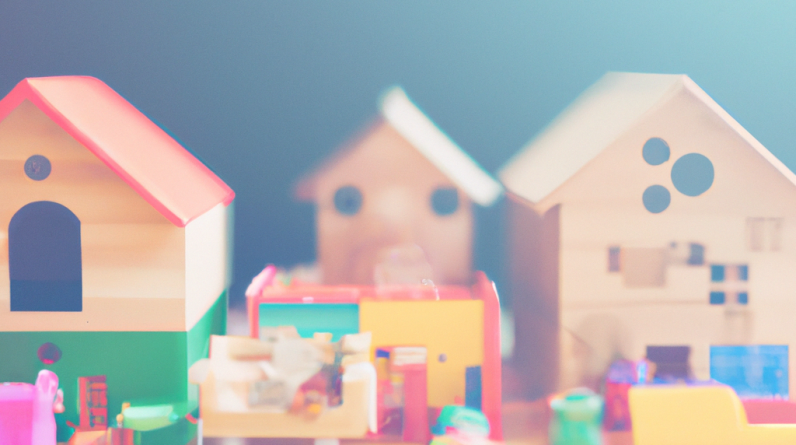
In the video titled “I Got Rid of All My Kids’ Toys…and This is What Happened” by But First, Coffee, the content creator explores the impact of minimalism with kids’ toys. The video showcases the process of decluttering the playroom area by purging 75% of the toys and keeping only the essential favorites, books, and art supplies. The content creator learns that her children didn’t even notice the toys were gone and that managing their stuff became more manageable and less overwhelming. Through this experiment, the author highlights the positive effect of having fewer toys, encouraging more independence and creative play for children.
With a house that sometimes feels overrun by toys, many parents can relate to the struggle of managing and organizing their children’s belongings. In this video, the content creator shares her experience of decluttering and purging her kids’ toys, aiming to create a more minimalist and manageable play space. The author takes a ruthless approach, deciding to keep only a few select items that are frequently used and loved by her children. The results are surprising, as the children neither notice nor request the missing toys, indicating that they don’t need a multitude of toys to be entertained. The content creator encourages other overwhelmed parents to try decluttering their kids’ toys and discover the positive impact it can have on their play space and children’s creativity.
Table of Contents
The Impact of Minimalism with Kids’ Toys
Introduction
As a parent, it’s not uncommon to feel overwhelmed by the sheer amount of toys that accumulate in your home. It often seems like toys are taking over every corner, causing frustration and a constant cycle of cleanup. But what if you could simplify your children’s toy collection and reap the benefits of a more minimalist approach? In this article, we’ll explore the impact of minimalism with kids’ toys and how it can transform not only your play space but also your children’s playtime.
The Content Creator’s Experiment
The inspiration for this exploration of minimalism with kids’ toys came from a video by content creator But First, Coffee. She faced the same struggle of a cluttered playroom in her small house and decided to embark on an experiment to see what would happen if she got rid of most of her children’s toys. Armed with the belief that less is more, she purged 75% of the toys in her playroom, keeping only the tried and true favorites, books, and art supplies.

The Initial Purge
The content creator began her journey by going through bins and baskets of toys, carefully selecting which ones to keep and which ones to let go. She applied a ruthless decision-making process, asking herself if her children had independently chosen to play with a toy in the last week. If not, she deemed it unnecessary to keep it out in the main living space all the time. Some toys that had rarely been played with, such as a bin of cars and a cash register, were packed away in the basement to clear up space.
The Children’s Reaction
What surprised the content creator the most was her children’s reaction to the pared-down play space. They didn’t even notice that the majority of their toys were gone. It became evident that children don’t necessarily need a large variety of toys to be entertained. Their ability to adapt and find joy in what remains was truly eye-opening. The children’s lack of notice also highlighted the idea that parents often have more attachment to toys than their children do.
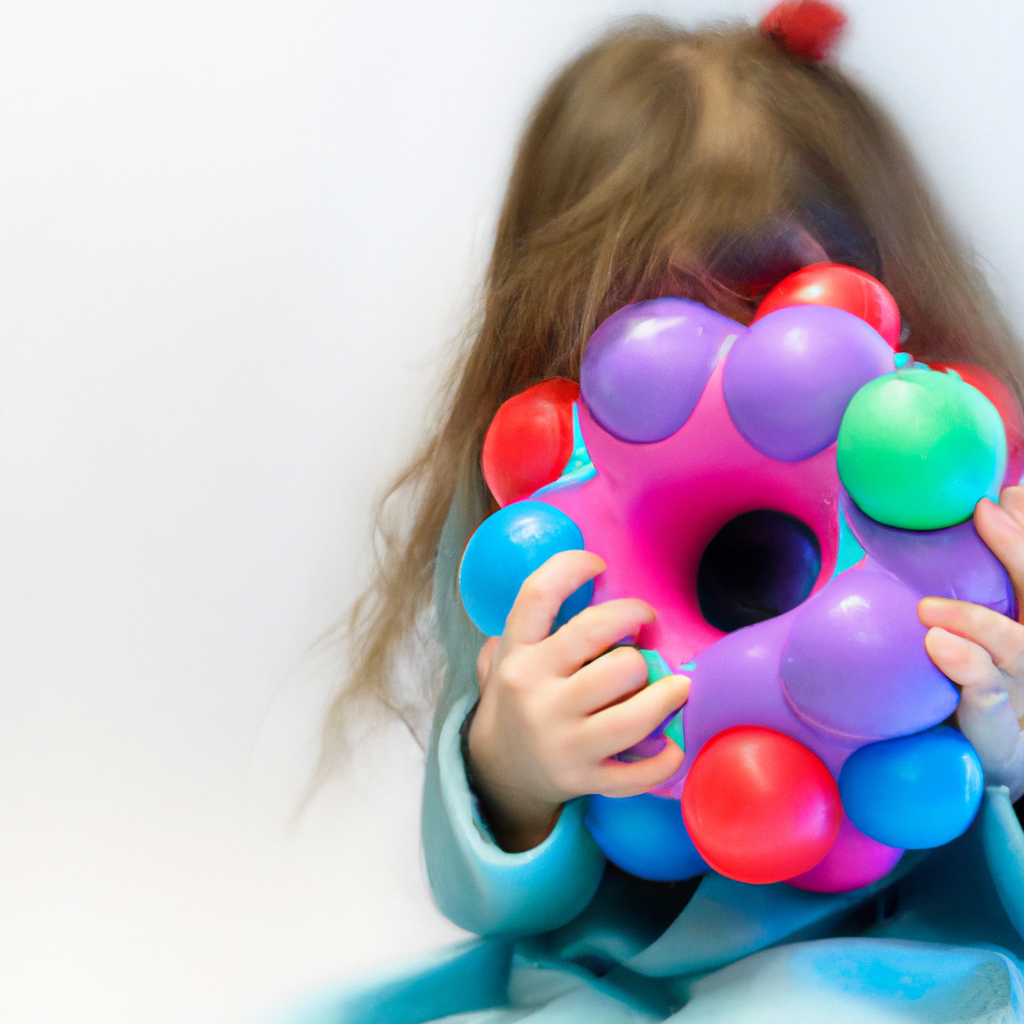
Packing Away Toys for Later
In the process of decluttering, the content creator made a conscious decision to pack away certain toys instead of donating or discarding them. This allowed for a temporary separation and gave her the freedom to decide on their fate at a later time. It also eased the worry of completely parting with toys that held sentimental value or that the children may rediscover and request in the future.
Parents’ Struggles with Decluttering
Decluttering children’s toys can be challenging for many parents. There’s often a fear of getting rid of something that their child might play with in the future. This “just in case” mentality is especially strong when it comes to kid toys, as parents seek to keep their children entertained for extended periods. However, it’s important to remember that a child’s attention span can be fleeting, and holding onto unnecessary toys only adds to the clutter and overwhelm.
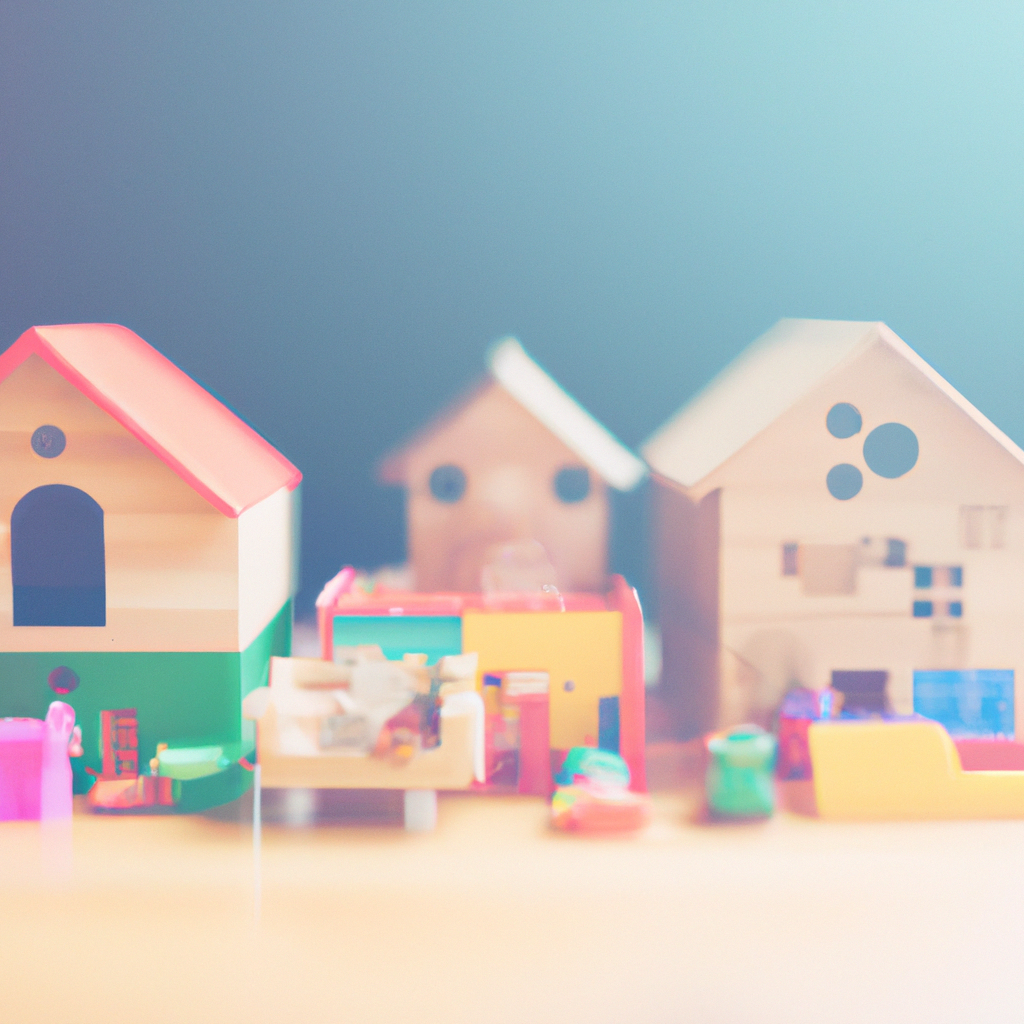
The Question of Necessity
As the content creator went through the decluttering process, she asked herself a vital question: Is this toy necessary for my child’s playtime? By focusing on the necessity rather than the potential future use of each toy, she was able to make more objective decisions. This mindset shift allowed her to create a play space that was intentionally curated with toys that truly enriched her children’s playtime.
The Process of Decluttering
Decluttering children’s toys requires a methodical approach. It’s essential to set aside dedicated time to go through each toy and assess its value and relevance. Sorting toys into categories can be helpful: keep, donate, discard, or pack away for later. This process allows parents to make informed decisions and ensure that only the most meaningful and engaging toys remain in the play space.
Selecting Essential Toys
Throughout the decluttering process, the content creator identified certain toys that were deemed essential. These toys were the ones that her children actively and independently played with on a regular basis. By keeping only these select items, she optimized the play space and created an environment that encouraged more focused and engaging play.
Children’s Lack of Notice
One of the most surprising aspects of the content creator’s experiment was the fact that her children didn’t notice the missing toys. This observation reinforced the idea that children are often more adaptable and content with less. They naturally gravitated towards the toys that remained and found creative ways to play with them, showcasing their innate ability to foster imagination and creativity.
Improved Play Space
With the majority of unnecessary toys removed, the content creator experienced a significant improvement in the play space. The area felt lighter and more manageable, no longer overwhelming to clean and organize. The reduction in clutter created a more inviting and engaging environment for her children to explore and play in.
Enhanced Creativity
As the children adapted to the simplified play space, their creativity flourished. With fewer toys to choose from, they were forced to think outside the box and find new ways to play with the toys that remained. Their imaginations ran wild, and they engaged in more open-ended, imaginative play. The lack of overwhelming choices allowed them to fully immerse themselves in their playtime without feeling overwhelmed or distracted.
Easier Management
Managing children’s toys became significantly easier after the decluttering process. With fewer toys to keep track of, clean, and organize, the content creator found herself spending less time and energy on maintaining the play space. This newfound simplicity allowed her to focus on other aspects of parenting and provided a sense of relief and ease in her daily life.
The Need for Continuous Decluttering
While the initial purge of toys had a tremendous impact on the play space, the content creator acknowledged the ongoing need for continuous decluttering. Children’s interests and preferences change over time, and toys can quickly accumulate again if not managed consistently. Regularly reassessing the toys in the play space and applying the same ruthless decision-making process can help maintain a clutter-free environment and ensure that the children have the most enriching and engaging play experiences.
Conclusion
The impact of minimalism with kids’ toys is undeniable. By decluttering and reevaluating the toys in the play space, parents can create a more manageable and engaging environment for their children. The content creator’s experiment highlighted the fact that children don’t need an abundance of toys to be entertained and that having fewer options can actually foster more creativity and independent play. So, if you find yourself overwhelmed by the influx of toys in your home, consider giving minimalism a try. You may be pleasantly surprised by the transformative effect it can have on both your play space and your children’s playtime.


